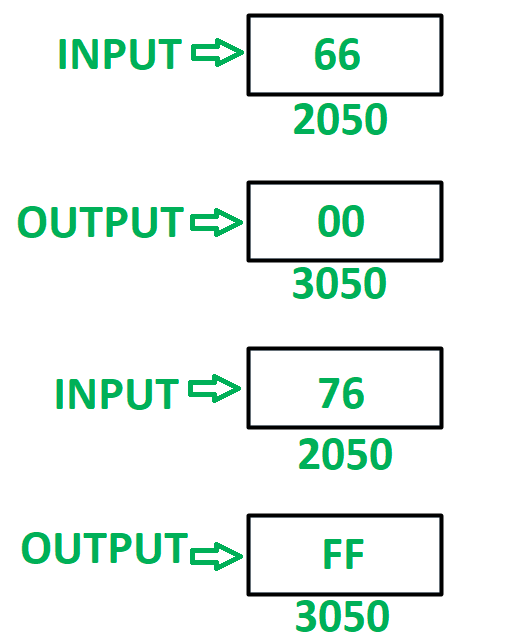Electric potential
Electric potential- A electric potential is the amount of work needed to move a unit positive charge from a reference points to specific point inside the field without producing any acceleration.
Potential is work for unit charge.
Thus, Electric potential(E)=Work done(W) / Charge(Q)
The SI unit of electric potential is the volt, which is defined as a joule per coulomb.
Potential Difference- The difference in potential between two points that represents the work involved or the energy released in the transfer of a unit quantity of electricity from one point to the other.
Thus, Potential Difference(V)=IRThe SI unit of potential difference is volt.
Electromotive force(EMF)- Electromotive force is defined as the electric potential produced by either electrochemical cell or by changing the magnetic field.
EMF is the commonly used acronym for electromotive force.
A generator or a battery is used for the conversion of energy from one form to another. In these devices, one terminal becomes positively charged while the other becomes negatively charged.
Therefore, an electromotive force is a work done on a unit electric charge.
Electromotive force is used in the electromagnetic flowmeter which is an application of Faraday’s law.
The electromotive force symbol is ε.
The unit for electromotive force is Volt.
EMF is numerically expressed as the number of Joules of energy given by the source divided by each Coulomb to enable a unit electric charge to move across the circuit.
Volts = Joules/Coulombs
The formula for electromotive force is:-
ε = V + Ir
Where,
- V is the voltage of the cell
- I is the current across the circuit
- r is the internal resistance of the cell
- ε is the electromotive force
Q.1.Difference between Electromotive Force and Potential Difference.
Ans-
Electromotive Force Potential Difference
Q.2.Can electromotive force be negative?
Ans- Yes, the electromotive force can be negative. Consider an example where an inductor is generating the EMF such that it is opposing the incoming power. Then the produced EMF is taken as negative as the direction of flow is opposite to the real power. Therefore, the electromotive force can be negative.
Q.3.What is the difference between terminal voltage and EMF?
Ans- Following are the difference between terminal voltage and EMF:-
- Terminal voltage is defined as the potential difference across the terminals of a load when the circuit is on. While EMF is defined as the maximum potential difference that is delivered by the battery when there is no flow of current.
- A voltmeter is used for measuring the terminal voltage whereas a potentiometer is used for measuring the EMF.









